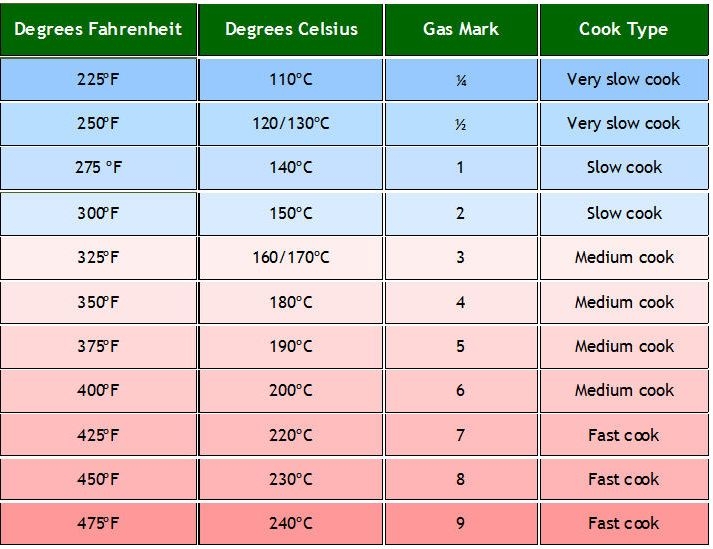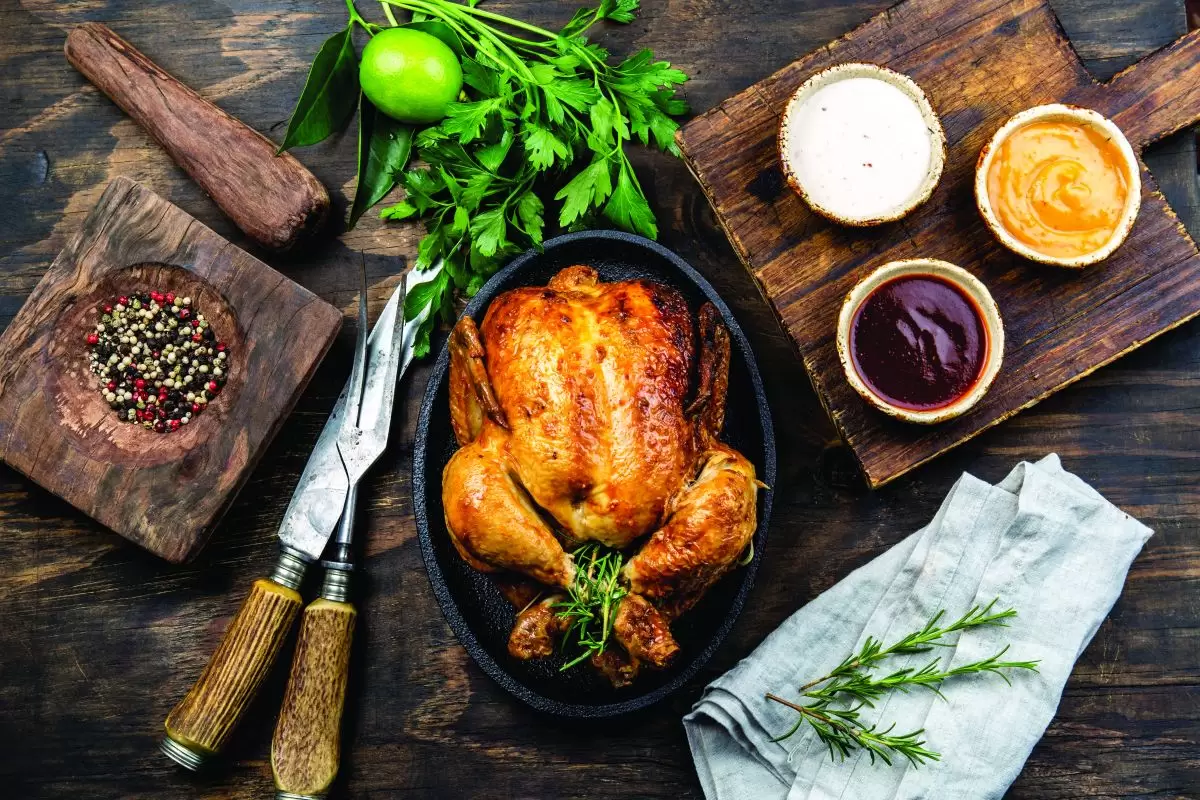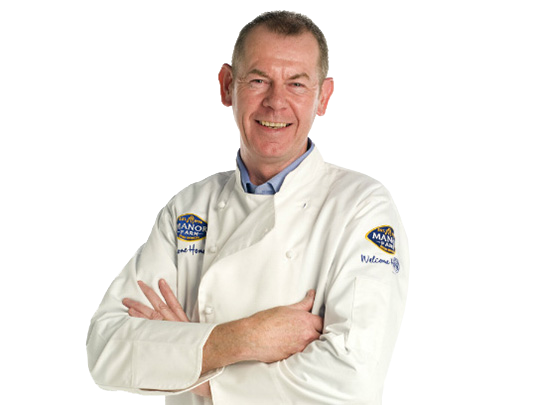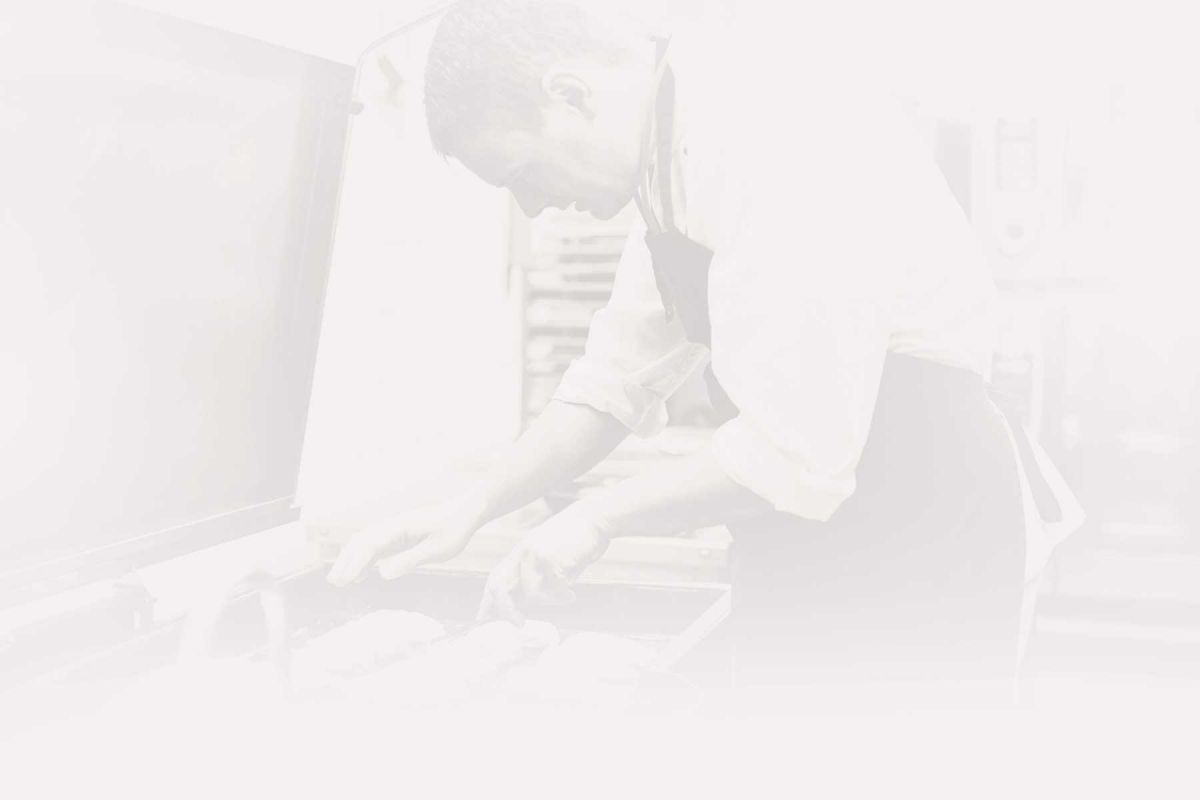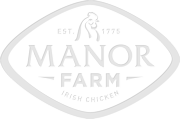Shay’s Expert Tips
-
Chicken should be bought as fresh as possible, so check the ‘Use By’ date. This will appear on all packs bought in Supermarkets and most butchers will advise you on the use by date also.
Use a separate bag for packing raw poulty and raw meats when shopping.
The temperature of all fridges and chill storage cabinets should be between 0°C and 5°C degrees (ideally 4°C). To find out the exact temperature of the fridge, a non-mercury thermometer can be purchased from department stores and supermarkets. A mercury thermometer should not be used as it may break and contaminate the food. If the fridge is not at the correct temperature the thermostat inside the fridge can be used to reduce/increase temperature. Consult your manufacturer’s handbook for more information on this.
As soon as you get chicken home, place it in the refrigerator immediately, away from any cooked items you may have. Try not to let raw chicken sit at room temperature for more than 15 minutes. It is recommended all raw meat be stored at the bottom levels of the fridge, to ensure that it cannot drip down and cross- contaminate cooked meat and other foods.
Always wash hands and utensils thoroughly after contact with raw poultry.
-
Chicken products can be frozen in their original packaging, but if you have limited freezer Chicken in fridgespace, we recommend transferring into fully labelled freezer bags and seal correctly. It is important to freeze chicken at its freshest, and freezing on day of purchase is recommended. Almost all domestic freezers have a quick freeze compartment and any product to be frozen should be first placed in this and then transferred into the standard section once frozen.
Chicken meat usually begins to show signs of freezer burn after one month in the freezer the obvious signs of this is a white ‘cooked’ like appearance on parts of the meat. It is therefore not advisable to have chicken in the freezer for longer than 4 weeks.
To defrost chicken products safely, frozen chicken should be covered and defrosted overnight in a suitable container in the fridge. You will need to allow 5 hours per 454g / 1lb whole bird. Chicken portions will defrost quicker. Never refreeze defrosted food.
-
Remove any string and place the whole bird on a clean chopping board, breast side up, with the legs pointing towards you.
Using a sharp knife, Chicken portions assortedcut the skin between one leg and the side of the breast, then use your hand to press the leg down flat on the board. Do the same with the other leg. Cut through the joint attaching one of the legs and remove the leg from the body. Do the same for the other side.
Turn the bird to face the other way and locate the ridge along the middle of the back. Using a knife, cut away one breast, taking a wing off with it. Do the same with the other breast.
To divide the legs into thighs and drumsticks, put them skin-side down on the chopping board. Cut through the line to separate the joint. Reserve the carcass for making stock.
Watch Shay portion a chicken into 4, 8 or 10 pieces here.
-
Firstly wipe the chicken inside and out with kitchen paper and discard paper immediately to prevent the spread of bacteria, wash hands afterwards.
Season the cavity with salt and pepper, adding a peeled whole onion or lemon in the cavity creates additional flavour. Rub the bird with butter or oil and season skin. Cook in hot oven 180oc/350oF/Gas Mark 5 for 20 minutes for every 454g/1lb plus 20 minutes over. Baste the chicken during cooking, by spooning the juices over the bird.
-
The general rule of thumb for cooking any large piece of meat is to cook it for 20 minutes for every 454g/1lb weight, in an oven pre-heated at 180oC/350oF/Gas Mark 4, and allow another 20 minutes for all juice to run clear. If you possess a kitchen thermometer, the internal temperature for cooked food is 75oC according to the Food Safety Authority. The juices of the cooked chicken should run clear to indicate that the chicken is fully cooked. For more detailed information on chicken cooking times, click here.
-
Do not overfill the cavity with stuffing, leave a space between the top of the stuffing and the breast bone to allow the heat to penetrate and the bird can cook fully.
Never stuff a frozen bird, always wait until it is fully defrosted.
Traditional stuffing consists of breadcrumb, with the addition of herbs, seasoning and perhaps some fruit. See our recipe for Simple Roast Chicken with stuffing.
-
Once the chicken is cooked take from the oven and leave to rest in a warm place for 10 Carving Roast Chickenminutes. Place the chicken on a chopping board sitting on a tray to collect any juice which can be used for sauce or gravy.
Cut through the skin between the leg and the breast.
Turn the bird onto its side, break the ball and socket joint and carefully remove drumstick and thigh and oyster in one piece.
Halve the leg by cutting through the line of fat at the knuckle between the thigh and the drumstick.
Carve off generous piece of white meat with the wing attached.
Carve the remainder of white meat to your desired thickness and serve with some dark meat.
Watch Shay, our Butcher Specialist Carve a Chicken.
-
Use skinless chicken breasts.
Heat a cast-iron grill pan until it is smoking. Brush each chicken breast with olive oil, season with salt and freshly ground pepper. Place chicken breasts on the hot gill-pan for about 1 minute, change to the opposite direction to get criss-cross markings on the breast. Repeat on the other side. The grill-pan may now be transferred to a pre-heated moderate hot oven 180oC/350oF/Gas Mark 4 or remain on the heat until chicken is cooked. The chicken breasts can take from 8 – 15 minutes to cook depending on size.
-
